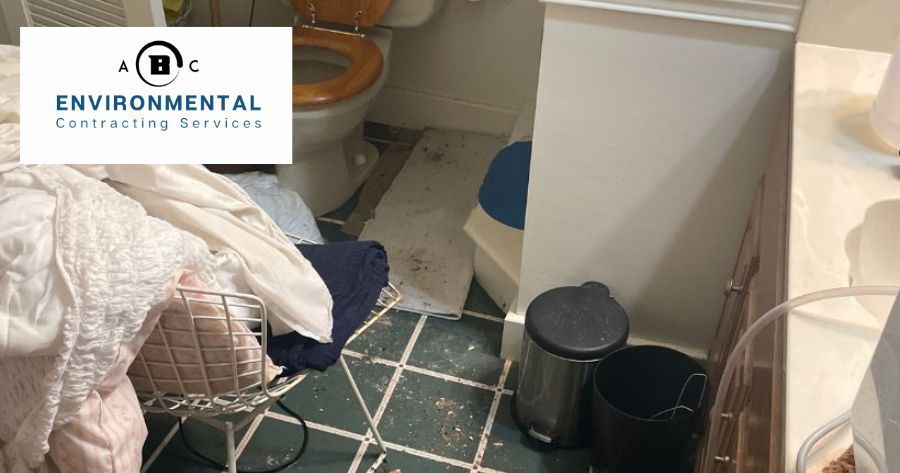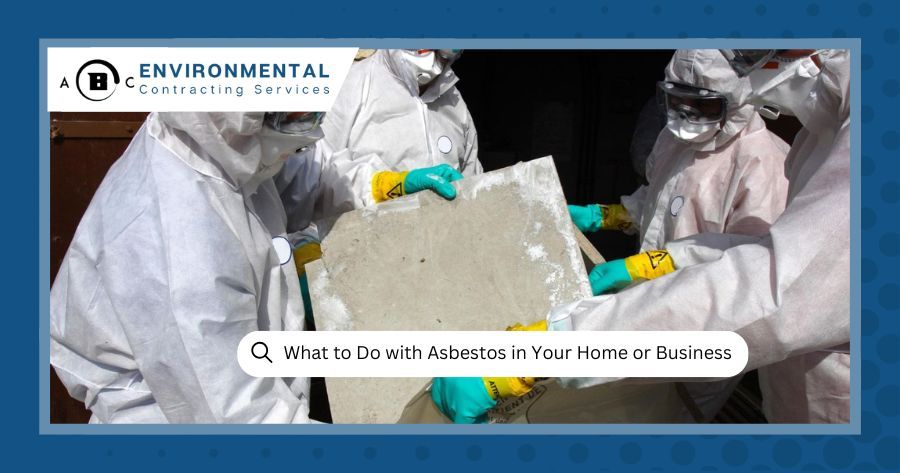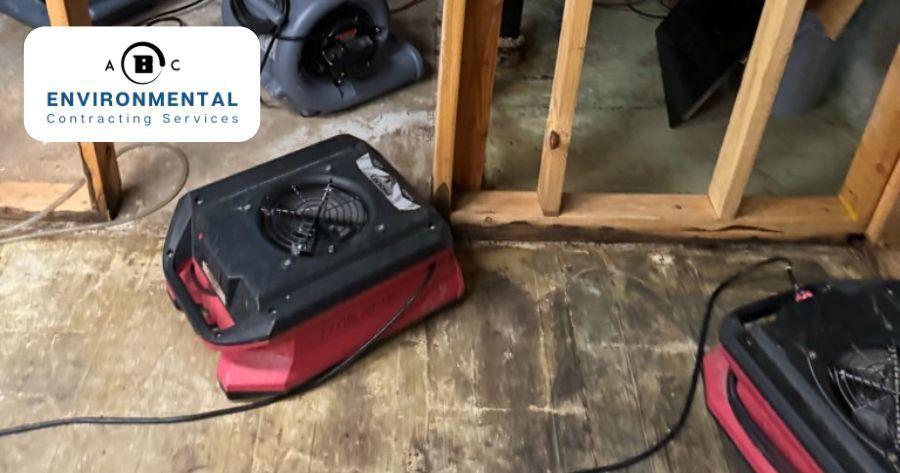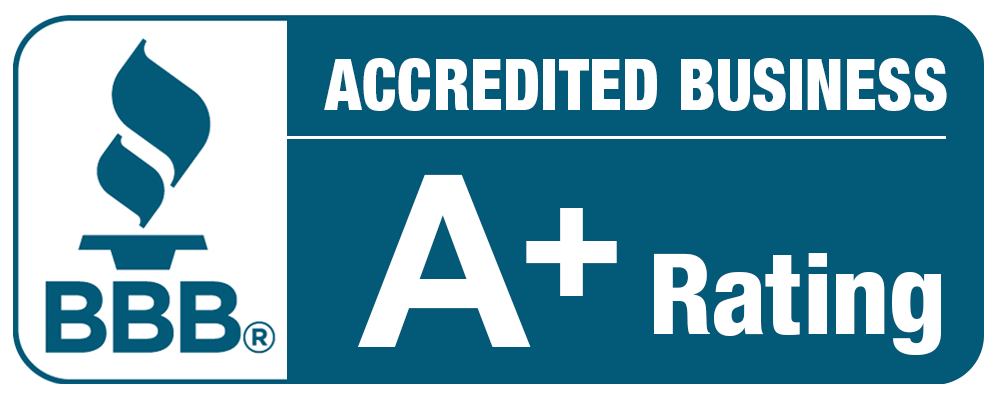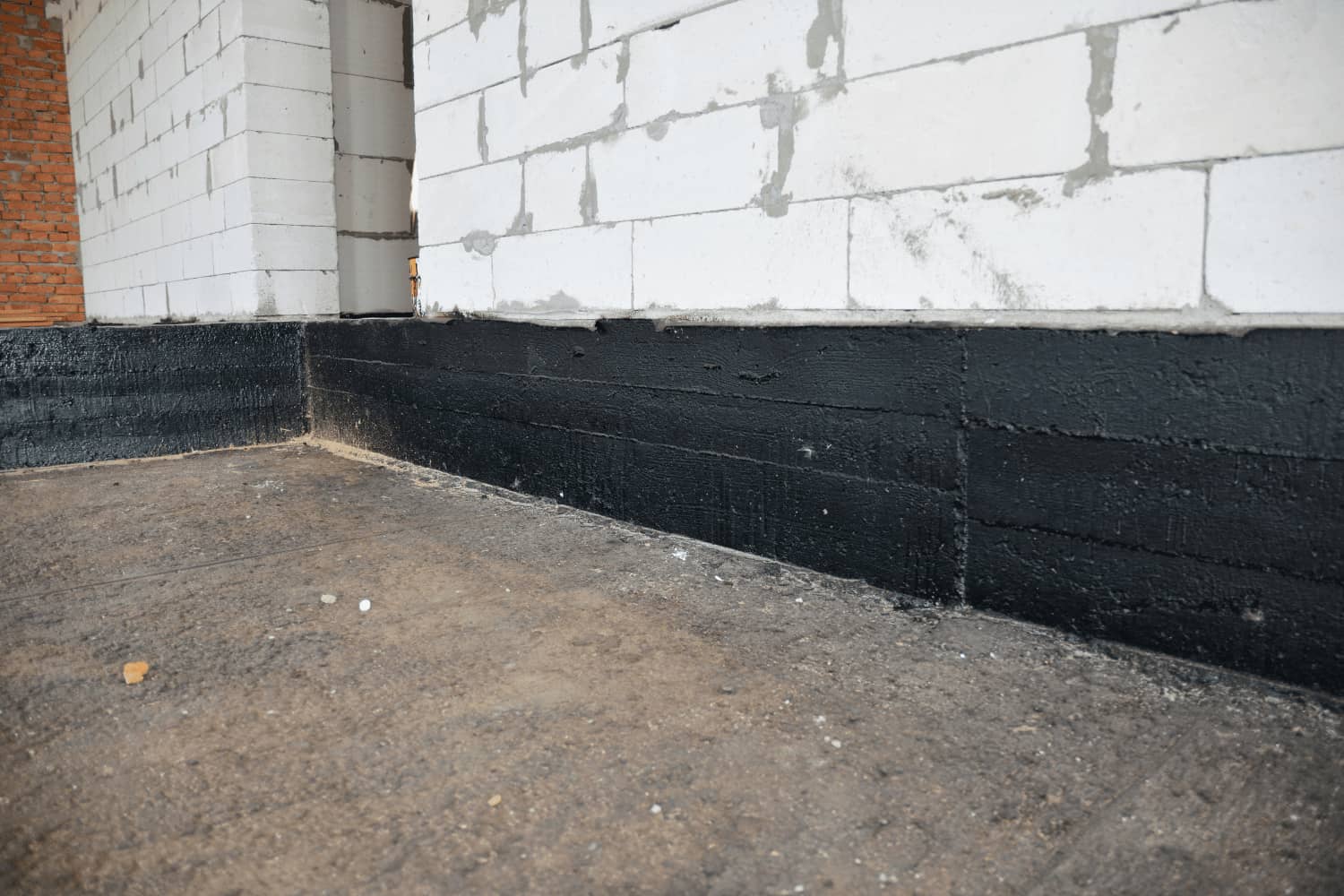
How To Waterproof A Basement
To waterproof a basement can lead to several problems due to inadequate or poor waterproofing. If not treated appropriately, seepage might result in significant damage. Occasionally, you will attempt to apply a coat or another substance in the basement while the true source of the problem is the exterior walls. Let us examine the process of waterproof a basement. Contact ABD Damage Restoration for professional foundation waterproofing services in Springfield, MO.
- Examine the Area: To protect your basement against water, you'll need to excavate all the way around it, all the way down to the foundation's base. Using the proper substance over the walls is critical to successfully waterproof a basement. Drainage tiles, gravel or crushed stone drains, perforated pipe, or other authorized systems or materials shall be placed next to or below the protected area and shall discharge into an approved drainage system by gravity or mechanical means.
- Examine for Cracks: After the excavation is complete, thoroughly clean the wall and inspect for any fractures or locations where water might leak in. If you discover these concerns, seal the walls with a layer of hydraulic cement to prevent further leaks. Hydraulic cement expands while curing and, because of its chemical characteristics, it fills in fractures and spaces, minimizing the likelihood of leakage.
- Apply Sealant To Waterproof a Basement: All external walls should be sealed with a layer of cement-based sealer. Cement-based sealants are quick and easy to apply to concrete and masonry surfaces. This sort of sealant will harden and completely fill the pores in the concrete. If a hairline fracture was not repaired with hydraulic cement in the preceding stage, it will be covered in this operation.
- Apply a Waterproofing Membrane: To
waterproof a basement, a waterproofing membrane must be installed. To seal the foundation wall against outside water, a thick coat of the membrane, an asphalt-modified polyurethane substance, can be troweled or sprayed on. Elastomeric membranes are constructed from modified asphalt and have excellent waterproofing properties. One of the most significant advantages of elastomeric membranes is their ability to bend and move in response to emerging fractures. To properly waterproof a basement, utilize a waterproofing product rather than a damp-proofer product.
- Install Drainage Mat: Install a drainage mat that has been molded to have dimples. The material chosen must have air spaces between it and the wall to allow moisture to escape to the drain structure. Drainage mats should be precisely cut to the depth of the foundation. Additionally, it can assist in relieving lateral pressure against the foundation.
- Complete the French Drain: Complete the installation of the French drain or weeping tile. The pipe, which may be 4" in diameter, must be placed at the footing's base, weeping the water level below the basement floor. It is a good practice to add cleanouts to facilitate maintenance. Complete your French drain installation by backfilling with gravel. Gravel should be placed 18 inches above grade in soil regions and 4 inches above grade in places where cement will be poured.
What Mistakes to Avoid Doing: The following mistakes should be avoided when you waterproof a basement:
- Avoid the usage of tar. Tar becomes extremely brittle and finally cracks.
- Plastic should not be used to waterproof a basement wall. The plastic-like substance will peel away, allowing moisture to enter.
- Avoid using limestone as a backfill material. Limestone impairs drainage capacity and has the potential to block all drainage systems. Alternatively, use gravel.
Learn More About What Material is Used For Basement Waterproofing
Conclusion
Waterproof a basement is typically a tough, expensive, and intricate procedure, especially if the water frequently moves from one area to another. Your basement is not flooded, as the source of the problem is external. The majority of the time, resolving the issue requires excavating and
removing the water and sewer lines.
Prepare to adequately waterproof a basement. Before applying waterproofing, inspect your walls, ceilings, and floors for cracks and leaks. Learn how to prevent fractures in your foundation. Restore the original or more comfortable level of the your basement.
Are You Looking for a Basement Waterproofing Company in Missouri?
Call ABC Environmental Contracting Services at (417) 409-1719 today for 24 hour foundation and basement waterproofing services, water damage restoration, or mold damage restoration along with any of our other services or get an instant quote from our website.

